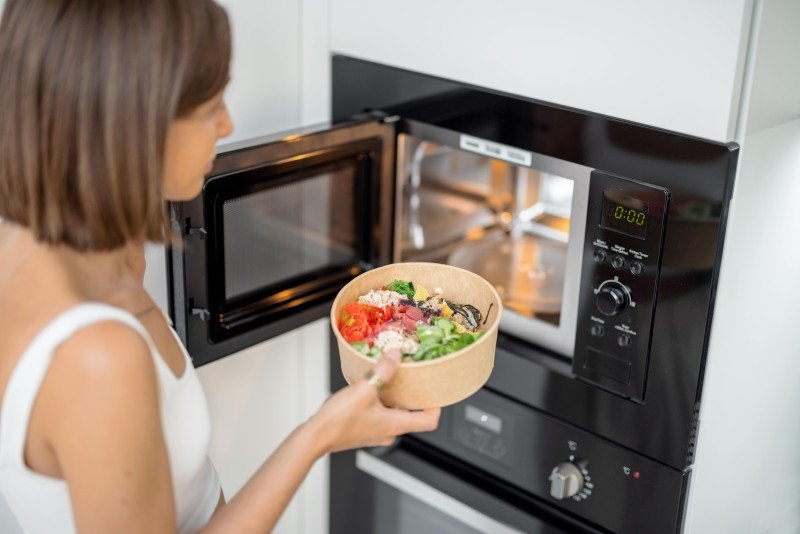Understanding Ovens and Hobs: A Comprehensive Guide
When it pertains to cooking appliances, ovens and hobs are amongst the most necessary tools discovered in contemporary kitchens. They play essential functions in meal preparation, changing raw components into tasty dishes. Comprehending Oven Hobs between numerous kinds of ovens and hobs and how to choose the best one can make a significant difference in cooking performance and food quality.
This post checks out ovens and hobs in detail, providing insights into their types, functions, advantages, and typical FAQs. Whether you are a seasoned chef or a newbie cook, this details will help you make informed decisions for your culinary needs.
Types of Ovens
Ovens come in numerous types, each designed for specific cooking approaches and styles. Here is an in-depth take a look at the most typical kinds of ovens:
| Type of Oven | Description | Best For |
|---|---|---|
| Traditional Oven | Makes use of heating aspects situated at the top and bottom for even cooking. | Baking, roasting, and general cooking |
| Convection Oven | Functions a fan that circulates hot air for fast and even cooking. | Baking pastries and cookies, roasting meats |
| Steam Oven | Utilizes steam to prepare food, maintaining moisture and nutrients. | Veggies and fish |
| Microwave | Quickly cooks food using microwave radiation. | Reheating and fast meals |
| Wall Oven | Built straight into the wall for space-saving cooking services. | Small kitchens and modern designs |
| Ability Level | Provides multiple cooking modes consisting of baking, broiling, and toasting. | Flexible cooking requires |
Kinds of Hobs
Hobs, also understood as cooktops, been available in different types based upon their fuel source and style. Comprehending these alternatives can assist in finding the best fit for your kitchen setup:
| Type of Hob | Description | Best For |
|---|---|---|
| Gas Hob | Utilizes gas flames for cooking, supplying immediate heat control. | Conventional cooking approaches |
| Electric Hob | Utilizes electric coils or induction elements to heat pots and pans. | Even heat circulation |
| Induction Hob | Uses electro-magnetic energy to straight heat pots, offering quick and effective cooking. | Energy-efficient cooking |
| Strong Plate Hob | A kind of electric hob with strong plates that takes some time to warm up however keeps heat well. | Sluggish cooking |
| Ceramic Hob | Functions a glass-ceramic surface area permitting easy cleansing, with electric heating components listed below. | Visual appeal |
Factors to Consider When Choosing an Oven and Hob
Choosing the best oven and hob combination requires careful factor to consider of a number of aspects. Below is a list of vital elements to remember:
Cooking Style
- Are you an everyday cook or a periodic baker?
- Do you prefer steaming or frying?
Kitchen Size
- What area is offered in your kitchen for the home appliances?
- Will you need built-in or freestanding designs?
Fuel Source
- Do you have access to gas, or would you choose electric?
- Are you interested in induction cooking innovation?
Budget
- What is your budget plan for buying an oven and hob?
- Are you considering a high-end design or a more cost effective alternative?
Energy Efficiency
- Are you aiming to lower your energy intake?
- Do you prefer devices that feature high-efficiency scores?
Benefits of Ovens and Hobs
Both ovens and hobs bring special benefits to the kitchen. Here's a summary of some benefits:
Ovens:
- Versatility: Able to manage a large range of cooking approaches from baking to roasting and broiling.
- Constant Results: Even heat distribution supplies reputable cooking results.
- Large Capacity: Ideal for big meals and batch cooking.
Hobs:
- Control: Gas hobs provide immediate heat changes, useful for precise cooking.
- Efficiency: Induction hobs are known for their quicker heat-up times and energy effectiveness.
- Independent Cooking: Multiple hobs enable cooking numerous meals at the same time.
Picking the best ovens and hobs is important for anyone wanting to enhance their cooking skills and kitchen performance. By understanding the different kinds of each device, alongside their benefits and features, consumers can make informed decisions that cater to their culinary habits and choices.
As kitchens develop, so do the technologies surrounding cooking devices. Purchasing Fan Ovens For Sale of an oven and hob can lead to better cooking experiences, higher food quality, and even pleasurable time spent in the kitchen.
Often Asked Questions (FAQs)
What is the distinction in between convection and conventional ovens?
- A convection oven utilizes a fan to circulate air for even cooking, while a traditional oven relies just on the top and bottom heating elements.
How do induction hobs work?
- Induction hobs use electro-magnetic fields to directly warm pots and pans made from magnetic materials, leading to quicker cooking times and more energy efficiency.
Are gas hobs safer than electric hobs?
- Security depends on use and installation. Gas hobs need appropriate ventilation and can present a fire threat, while electric hobs might present dangers of burns due to their hot surfaces.
Can I bake in a steam oven?
- Yes, a steam oven can be utilized for baking, typically leading to moister and fluffier baked items, particularly breads and pastries.
What should I look for in a built-in oven?
- Look for functions like capability, cooking modes, energy efficiency scores, and ease of cleansing.
By considering the details and guides provided in this short article, readers can easily navigate the world of ovens and hobs, guaranteeing that they pick the very best appliances to suit their cooking requirements.

